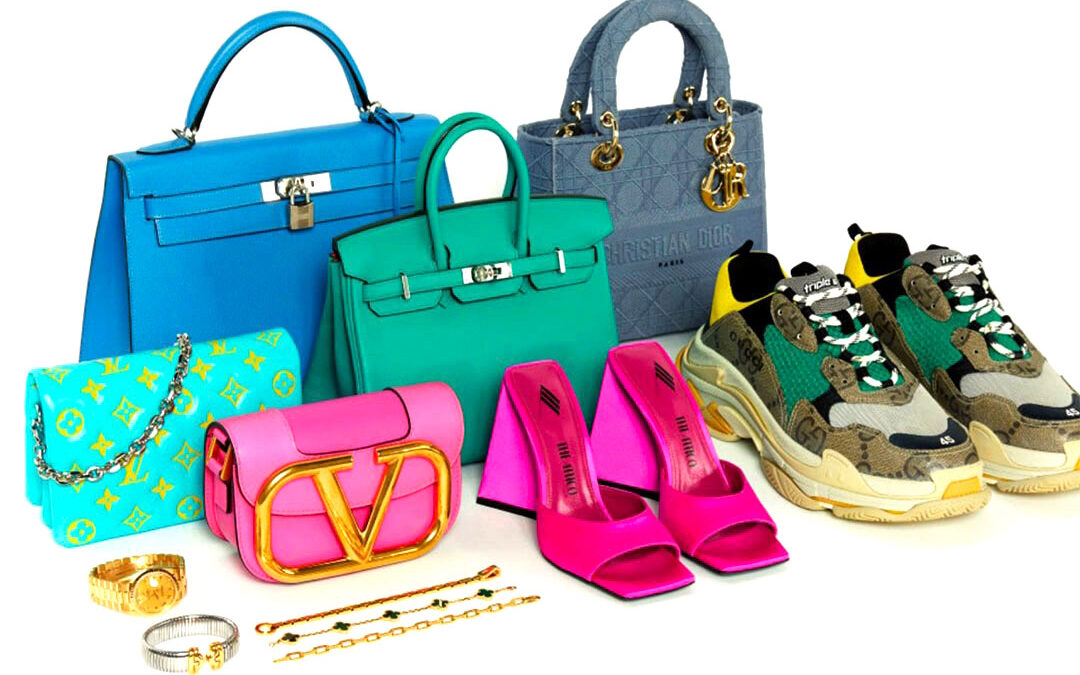by Thea Elle | March., 16, 2025 | Luxury AccessoriesLuxury handbags aren’t just accessories; they’re status symbols wrapped in marketing genius. You’re not just buying a bag—you’re buying the illusion of exclusivity, success, and social validation, all at a criminally...






